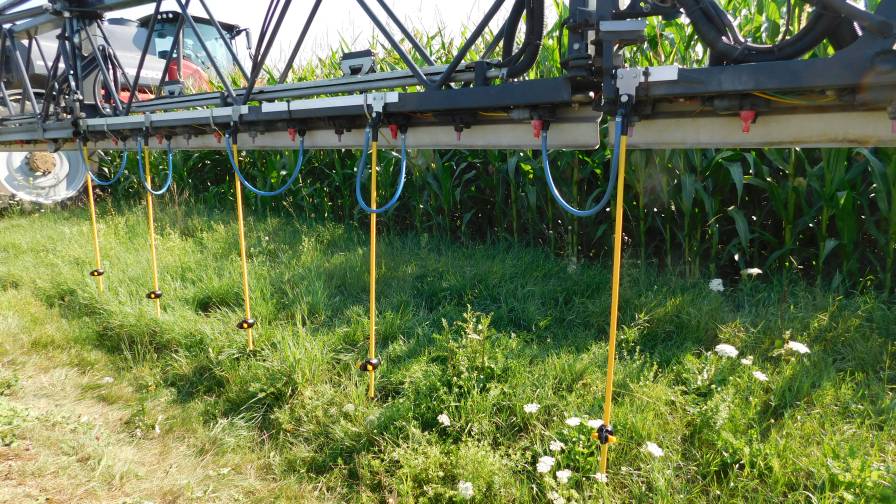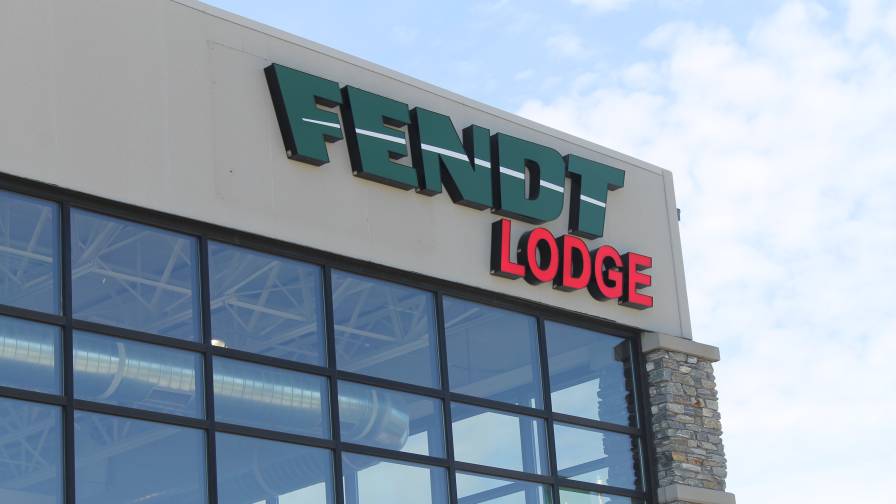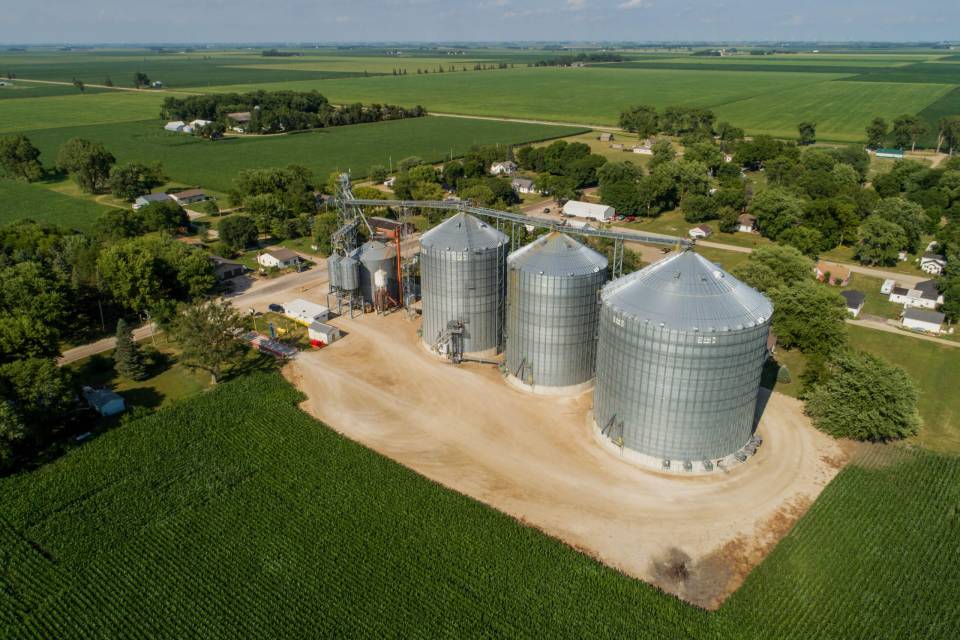Thinking About Skipping Residuals in Soybeans? Forget About It.
Armed with the knowledge that certain weed populations have already developed suspected resistance to dicamba – notably in Tennessee – there is the need, now more than ever, for an integrated approach to weed management.
A less-than-subtle reminder on the topic came from Dr. Mark Loux, Professor and Extension Specialist in Weed Science at The Ohio State University, in a blog post earlier this week, “Omitting residual herbicides in soybeans – really – we have to have this argument again?”
According to Loux, the effectiveness of new soybean trait systems has some growers once again thinking about omitting preemergence residual herbicides from their weed management programs. This is not a good idea.
“Having gone through this once in the early 2000s when Roundup Ready soybeans had taken over and we all sprayed only glyphosate all day every day, we think we’re pretty sure where it leads,” Loux said, adding, “We’re sensitive to concerns about the cost of production, but the cost-benefit analysis for residual herbicides is way in the positive column.”
On that note: Syngenta is the newest entrant to the dicamba market in 2020 by introducing the first dicamba premix residual herbicide, Tavium Plus VaporGrip Technology. The premix of dicamba and S-metolachlor provides both contact and residual control of key ALS-, PPO-, and glyphosate-resistant broadleaf and grass weeds, including Palmer amaranth and waterhemp, in Bayer’s Xtend soybeans and XtendFlex cotton.
“The extended residual control of S-metolachlor keeps weed pressure down longer and offers up to three weeks longer residual control than dicamba alone,” Bobby Bachman, Soybean Herbicides Product Marketing Lead with Syngenta, told CropLife. He explained that in the limited launch of Tavium last year, this feature proved exceptionally beneficial as growers were frequently unable to get back into the fields due to wet conditions. “We see this as a significant advantage over the solo dicamba products that are on the market.”
While Xtend soybeans will make up the dominant trait platform over the 85 million acres projected to be planted in the United States in 2020, the take-home on managing tough weeds in those (or any) acres hasn’t changed: Go for multiple effective sites of action rather than dicamba alone.
“Overlapping residuals is more important now than ever. We know that if growers don’t utilize an integrated approach to weed management, and rely solely on dicamba or auxin technology, that we will develop resistance very quickly and burn out that tool,” Bachman stressed.
In soybeans, Syngenta offers an example of an integrated agronomic solution, consisting of Boundary 6.5 EC, BroadAxe XC or Prefix herbicides pre-emergence followed by a Tavium application made to weeds less than 4 inches tall.
View the full list of approved tank-mix partners with Tavium.






